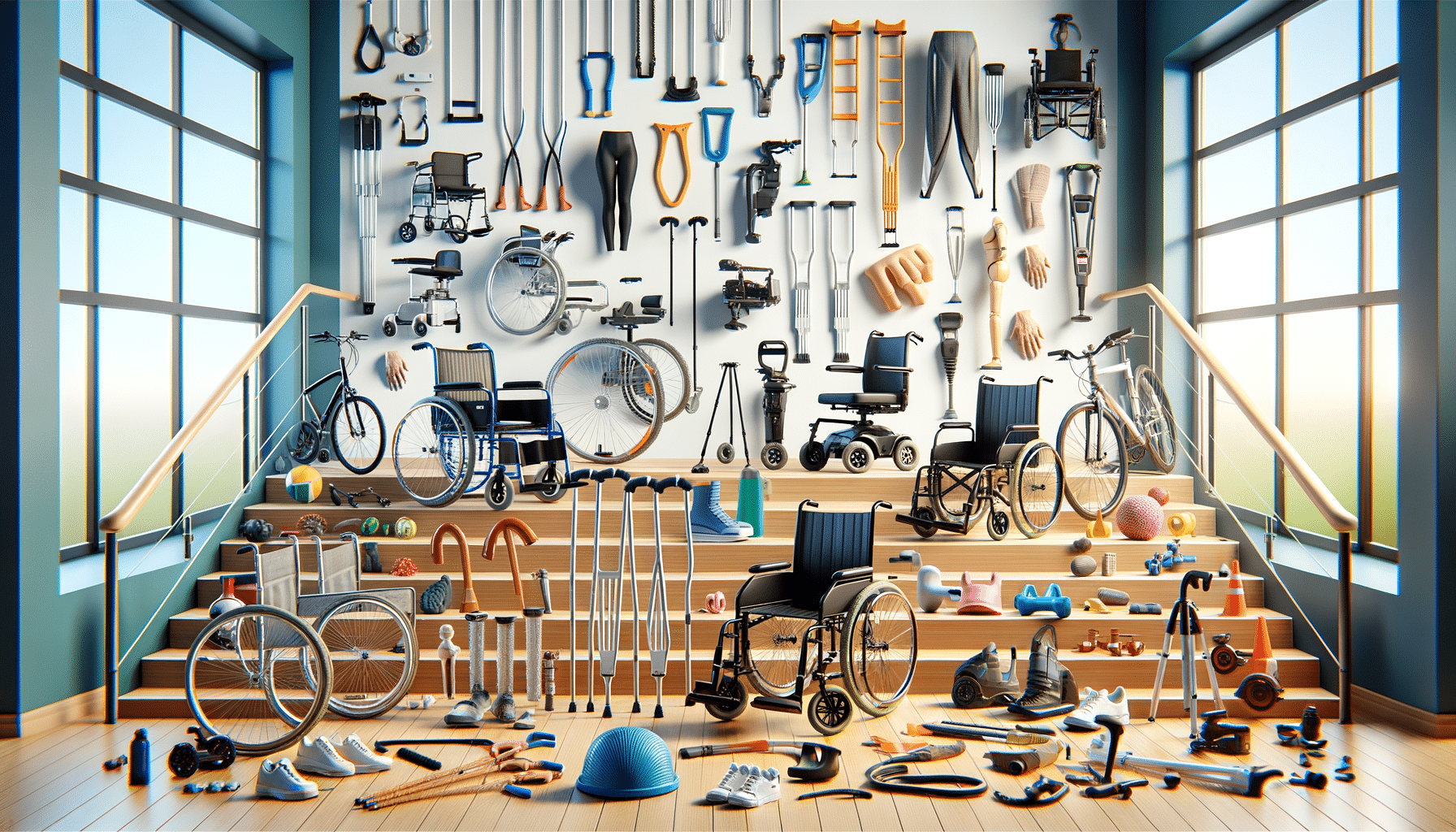
A Comprehensive Guide to Choosing the Right Mobility Support for Your Needs
Understanding Mobility Support: An Essential Overview
In today’s world, mobility support plays a crucial role in enhancing the quality of life for individuals with mobility challenges. Whether due to age, injury, or disability, the need for effective mobility solutions is paramount. Mobility support encompasses a wide range of services and products designed to assist individuals in maintaining independence and improving their daily lives.
Mobility aids and assistive devices are integral components of mobility support. These tools not only facilitate movement but also provide safety and confidence to users. From simple walking sticks to advanced electric wheelchairs, the options are vast and varied. Understanding the different types of mobility aids and how they can be tailored to individual needs is key to making informed decisions.
Choosing the right mobility support involves considering factors such as the user’s specific needs, the environment in which the device will be used, and the level of assistance required. By exploring the various options available, individuals can find solutions that offer both functionality and comfort, ensuring they can navigate their surroundings with ease.
Exploring Mobility Aids: Tools for Enhanced Movement
Mobility aids are designed to assist individuals in moving around more easily and safely. These aids range from basic devices like canes and walkers to more sophisticated options such as scooters and wheelchairs. Each type of mobility aid serves a specific purpose and is suited to different levels of mobility impairment.
Cranes and walkers are commonly used by individuals who need minimal support. They provide balance and stability, making them ideal for those who can walk but require a little extra help. On the other hand, wheelchairs and scooters are designed for individuals with more significant mobility challenges, offering complete support for movement.
When selecting a mobility aid, it is important to consider the user’s lifestyle and environment. For instance, a lightweight, foldable walker may be suitable for someone who frequently travels, while a robust, all-terrain scooter might be better for outdoor use. Additionally, factors such as ease of use, comfort, and adjustability play significant roles in the decision-making process.
- Canes and walking sticks: For balance and minimal support
- Walkers: For stability and moderate support
- Wheelchairs: For full support and independence
- Scooters: For enhanced mobility and convenience
Assistive Devices: Enhancing Daily Living
Assistive devices extend beyond mobility aids, encompassing a broad range of tools designed to support individuals in various aspects of daily life. These devices can include hearing aids, vision aids, and communication tools, each addressing specific needs to improve the user’s overall quality of life.
For individuals with hearing impairments, hearing aids are essential for facilitating communication and interaction. Vision aids, such as magnifiers and specialized glasses, assist those with visual impairments in performing everyday tasks. Communication devices, like speech-generating devices, empower individuals with speech difficulties to express themselves effectively.
When choosing assistive devices, it is crucial to consider the specific challenges faced by the user. Collaborating with healthcare professionals and specialists can provide valuable insights into selecting the most appropriate tools. By tailoring assistive devices to individual needs, users can achieve greater independence and participate more fully in their communities.
- Hearing aids: For improved auditory communication
- Vision aids: For better visual clarity and assistance
- Communication devices: For enhanced speech and interaction
Conclusion: Empowering Lives Through Mobility Support
Mobility support, through the use of mobility aids and assistive devices, plays a vital role in empowering individuals with mobility challenges. By understanding the diverse options available and tailoring them to meet specific needs, individuals can significantly enhance their independence and quality of life.
Choosing the right mobility support involves careful consideration of the user’s requirements, lifestyle, and environment. With the right tools, individuals can navigate their world with confidence and ease, breaking down barriers and embracing new opportunities. Ultimately, mobility support is about more than just movement; it’s about fostering a sense of freedom and empowerment.


